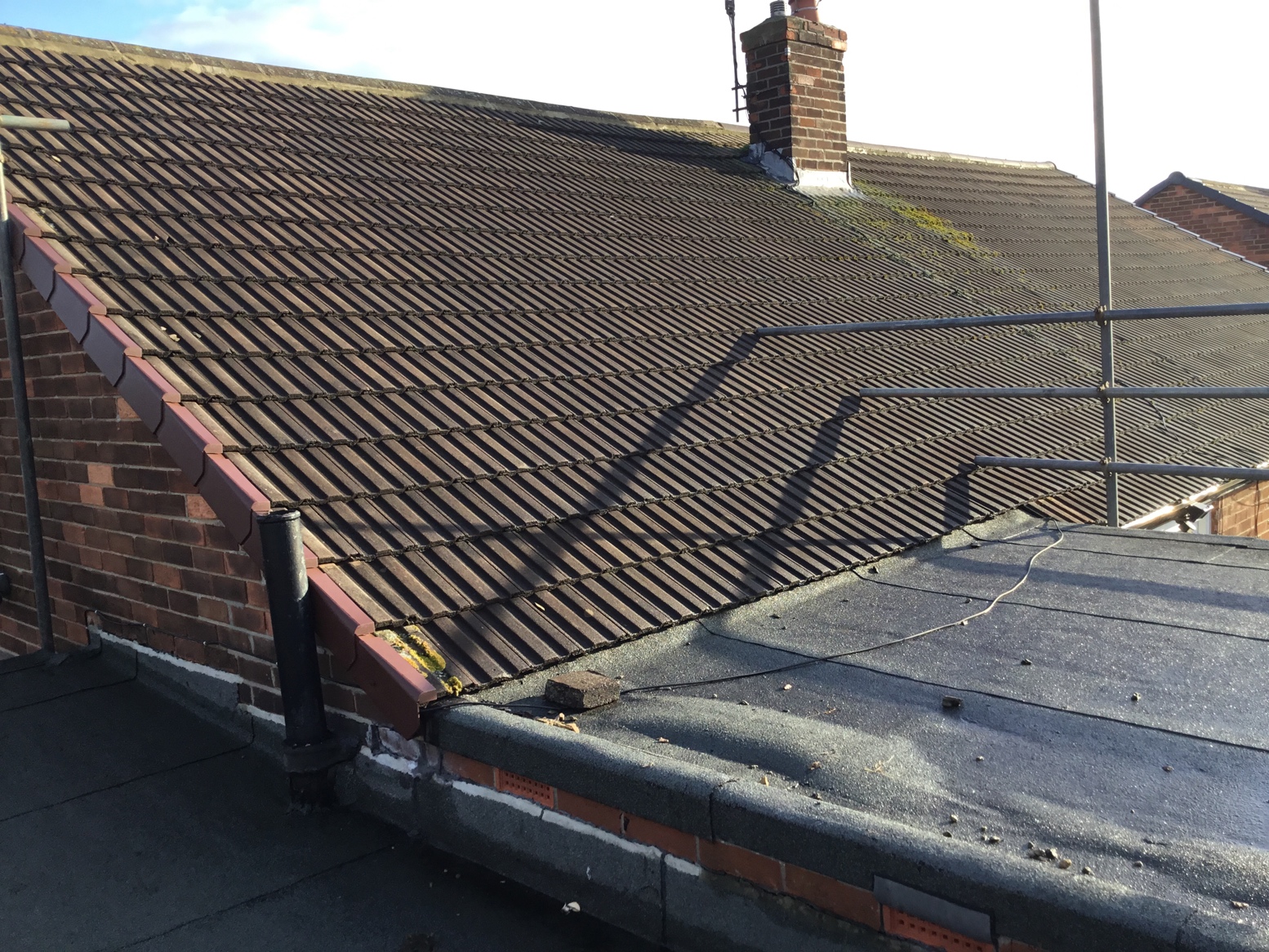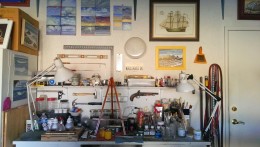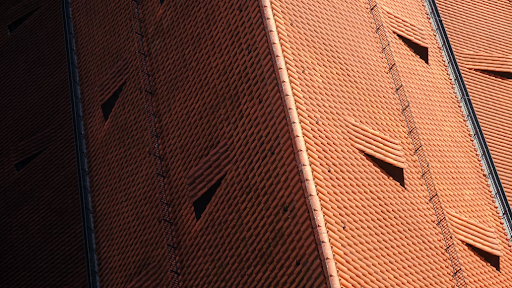Choosing a designer is about the same as choosing a doctor. You will spend more than one month together (or even a couple of years, if the object is large and not urgent), the designer will learn a lot of facts about you, including very personal (from who you work, and ending with how you sleep and take a bath), in addition, he will be aware of your financial affairs. That’s why it’s so important to find not just a professional designer, but someone with whom you can work and communicate comfortably.
Start your search well in advance of your renovation.
Interior design makes weeks (in difficult cases – months).
The sooner your designer takes measurements and begins to develop a planning solution, the more elaborate the result will be. Pledge at least a couple of months to create and coordinate a design project with you. Look for a designer not when the team is ready to start finishing, but a few months before “getting the keys”.
Define a budget.
The first question the person who decides to hire an interior designer asks is how much does it cost? The question is logical, but not quite right. Before determining the budget for the interior designer (and prices may vary dozens of times), it is necessary to determine the estimated budget for the entire repair. When we talk about the budget for the repair, we mean absolutely everything – and builders, and the purchase of rough materials, and the cost of finishing, furniture, and light, and appliances, and textiles, and even accessories.
Design-10%
If it is very tentative to indicate the order of prices, the design project should lay 5-10% of the budget for the entire repair. The general rule is: the larger the budget, the smaller its percentage should be laid on the services of the designer. In other words, for a 60-meter apartment it makes sense to consider that the design should be planned for 10% of the budget for repairs (the upper limit of the range). And for a large house of 600-800 square meters – only 5%.
Narrow it down
The next step is to compare the services of designers that you are interested in. Get their portfolio prices, working conditions and brief information.
The task is to evaluate the entire portfolio, as well as punctuality, speed and ability to work with the client.
Sign up or call the selected designers and ask them to send you a portfolio, prices, perhaps a sample of the terms of reference. Immediately write down what exactly you want to design – a private house in minimalism or a classic apartment? If you find it difficult to describe your own preferences, contact a paper writing service. Specify the area of the object and its location, and ideally also the timing of implementation.
Based on how the designer will answer you, you will be able to judge his or her responsibility, communication skills, adequacy. And partly about how convenient it will be for you to work with him.
Accurate calculation
This is the most difficult step – fill in the table and compare candidates. In the picture – an example of such a table. Probably, it will be more convenient for you not to describe in detail, and simply to put pros and cons. Or, if you can, conduct such analysis without paper, just mentally assessing the designers.
It is impossible to say that any of the criteria is the most important. For someone, the price will be the priority, and for another – experience. For some people, publications in publications are important, and for others, higher education is important. But I did not accidentally highlight the words about my designer in the title of the article. Most likely, at this stage you can not yet finally understand with whom it will be most comfortable for you to work, so we proceed to the next step – a personal meeting.




 POSTED BY
POSTED BY 

